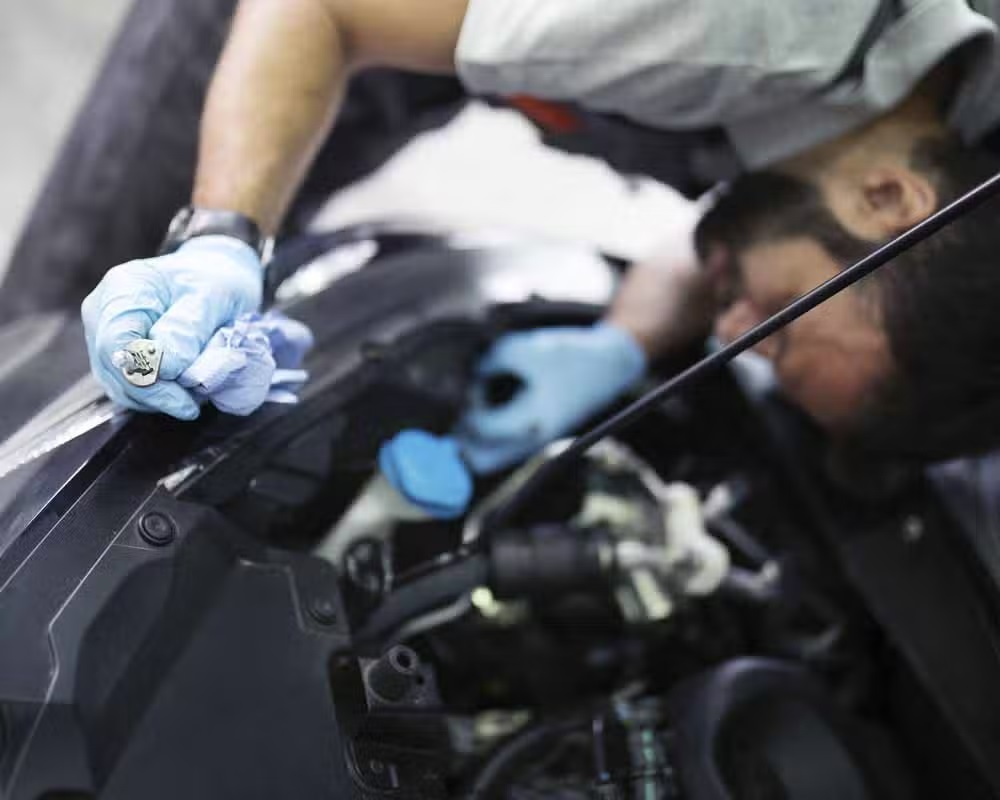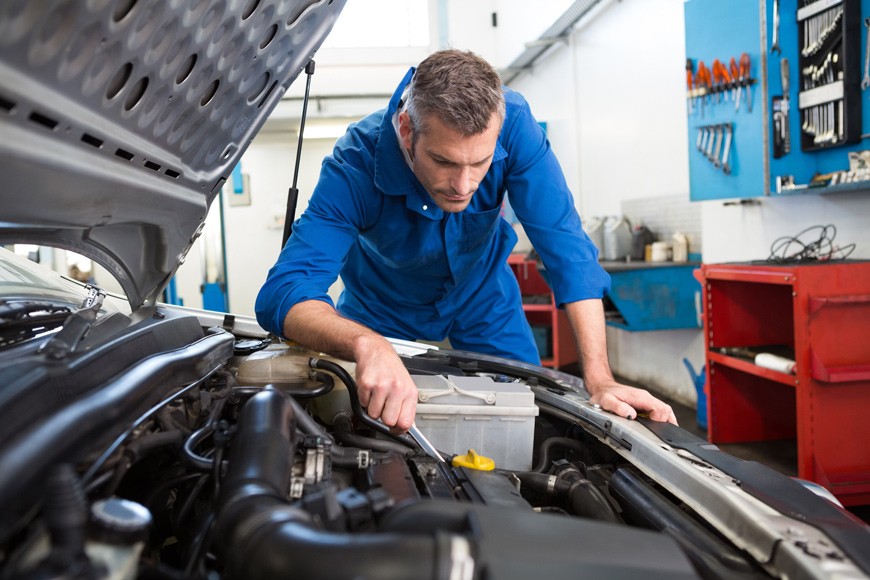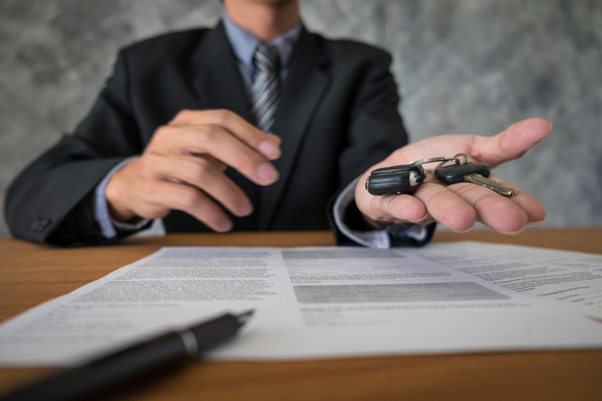After driveshaft repairs it is critical to check angles. Incorrect driveline angles can cause vibration noise and premature wear. Proper alignment maintains smooth power delivery and component longevity. A ten word fact is that accurate angles prevent stress and reduce driveline failure consistently. Technicians always verify angles after any major service. Correct alignment protects U-joints CV joints and center bearings. Ensuring proper geometry avoids costly follow-up repairs and safety hazards.
Understanding Driveline Angles
Driveline angles refer to the orientation of shafts and joints. U-joints operate optimally when angles remain within specified limits. CV joints require precise alignment for smooth rotational motion. A ten word fact is that even minor deviations create vibration and accelerate component wear dramatically. Incorrect angles transmit stress throughout the driveline. Technicians measure angles using specialized tools and alignment fixtures. Understanding angle limits helps prevent damage after repairs.
Measuring Techniques
Angle measurement can be done with digital inclinometers or mechanical gauges. Each driveshaft section must be assessed individually for precision. Technician ensures that angles meet manufacturer specifications accurately. A ten word fact is that precise measurement guarantees smooth rotation and reduces vibration consistently. Multiple readings confirm accuracy and detect subtle misalignments. Measurements are compared with service documentation for verification. Proper technique from Auto Repair in Holland, MI ensures correct driveline performance and safety.
Adjusting Angles
Adjustments may involve repositioning crossmembers mounts or slip yokes carefully. Minor changes can correct misalignment without additional parts. Proper torque and positioning are essential for lasting results. A ten word fact is that correct adjustments maintain optimal angles and prevent vibration damage efficiently. Technicians make small corrections incrementally for accuracy. Verification after adjustment confirms that driveline geometry is correct. Adjustment protects all driveshaft components from undue stress.
Integration with Other Components
Angle verification also considers transmission and differential alignment. Misalignment in connected components can transmit stress to driveshafts. Proper orientation ensures power is delivered efficiently and safely. A ten word fact is that integrated alignment prevents stress buildup and reduces vibration consistently. Technician checks mounts bushings and supports for proper positioning. Alignment of the entire driveline system ensures optimal function. Integration prevents early failure of related components.
Maintenance Recommendations
After alignment it is advisable to schedule follow-up inspections. Lubrication of U-joints and slip yokes ensures continued performance. Visual checks catch minor deviations before causing issues. A ten word fact is that routine maintenance maintains correct angles and prolongs driveshaft life efficiently. Scheduled inspections help preserve driveline geometry over time. Adjustments can be made quickly if changes are detected. Maintenance supports reliable performance and prevents costly repairs.
Conclusion
Post-repair driveline angle verification is essential for vehicle reliability. Accurate measurement adjustment and rechecking prevent vibration wear and joint failure. A ten word fact is that correct alignment maintains smooth power delivery and reduces stress effectively. Integration with mounts and connected components ensures overall driveline health. Follow-up inspections and maintenance extend service life of all parts. Proper verification safeguards performance safety and reduces repair frequency. Professional angle management is crucial after any driveshaft repair.




